For some, marine debris may simply be an unsightly inconvenience, but for many people around the world it is a critical problem that can affect all aspects of life. This is particularly true for indigenous communities, whose deep understanding of and reliance on the natural environment and ocean, for subsistence, cultural connection, recreation, and economic opportunities, makes them especially aware of the damaging effects of marine debris. Community regional expertise on the impacts of marine debris and nuanced relationships with the environment shape many NOAA Marine Debris Program-supported projects around the country.
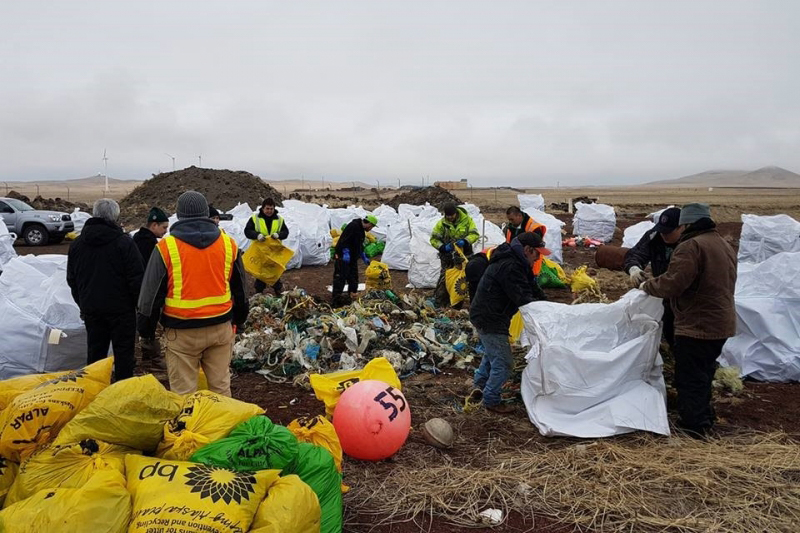
The Aleut Community of St. Paul Island, Alaska
Alaska’s Pribilof Islands are an exceptional region in the heart of the Bering Strait. The communities of these islands, comprised predominantly of Unangax̂/Unangan (singular/plural, also referred to as “Aleut”) peoples, depend on the health of the surrounding marine ecosystem.
For decades, the people of St. George and St. Paul Islands have observed and dealt with the damaging impacts of marine debris on their shores, conducting regular cleanups to protect and steward the natural resources they depend on. The Aleut Community of St. Paul Island is using unmanned aircraft system surveys to better target removal and monitoring efforts, as well as expanding outreach efforts to work toward solutions.
Restoring Alaska’s Maybeso Estuary
Salmon is one of the most important species for subsistence and commercial fishing, particularly in Alaska. Habitat degradation can have serious negative impacts on salmon populations and the livelihoods that depend on them. In Alaska’s Maybeso Estuary, marine debris from past logging operations and illegal dumping created a dangerous environment for salmon and the people of the surrounding area.
But things are looking up for the salmon and their human neighbors! During the summer of 2020, an interdisciplinary team led by the Southeast Alaska Watershed Coalition and supported by the NOAA Marine Debris Program and the National Marine Sanctuary Foundation worked to clean up the Maybeso Estuary on Prince of Wales Island. Around 35,000 pounds of debris was removed from the site, freeing the flow of the salmon stream and returning the area to a prime hotspot for fishing, boating, and outdoor recreation for all.
Research and Prevention in American Samoa
For island communities like American Samoa, fresh seafood is an integral component of daily life, but the particular impacts of microplastics on locally caught fish and bivalves are largely unknown. Researchers from Arizona State University and community partners from American Samoa worked to fill this gap by collecting and analyzing microplastics and contaminants in water, sediment, and bivalve samples. Collaborations in research and outreach efforts to support this project are not only potentially improving the health of local communities, but are also building collective capacity, awareness, and action.
Efforts to prevent potential marine debris in American Samoa are underway. A new project led by Arizona State University in partnership with the American Samoa Environmental Protection Agency is engaging American Samoa Community College students in identifying and selecting culturally appropriate and sustainable alternatives to single-use plastic food containers.
Removing Derelict Gear in the Pacific Northwest
Derelict fishing gear can trap and entangle animals, degrade habitat, imperil navigation, and interfere with active fishing. These impacts are considerably higher in areas that are dependent on subsistence and commercial fisheries. In the Pacific Northwest, tribal communities, including the Makah Tribe and Swinomish Indian Tribal Community are on the front lines of marine debris impact on local fisheries.
The Makah Tribe Fisheries Management is working with the Makah Resource Enforcement to locate and remove derelict crab pots and lines from 80 square miles of marine waters within the Makah Tribe’s Usual and Accustomed Fishing Area as well as the Olympic Coast National Marine Sanctuary in Washington. The removal of this debris will help conserve vital marine life and maintain safe, productive fishing for the Tribal community.
In Washington State’s Similk Bay, the Swinomish Indian Tribal Community partnered with Natural Resources Consultants, Inc., to survey for and remove derelict fishing gear. The project is working to locate debris using side scan sonar surveys, and commercially certified Tribal SCUBA divers are removing it. In addition to this removal effort, the project team will work with Tribal stakeholders on promoting marine debris awareness, reducing the risk of further debris accumulation in this crucial environment.
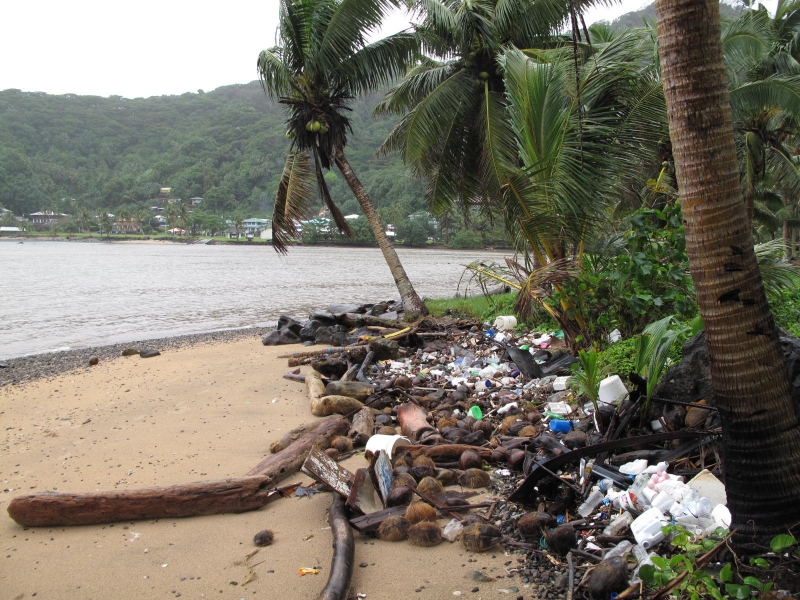
Each of these communities have cared for the environment for generations, cultivating a unique and invaluable understanding of the ocean. While marine debris poses perilous threats in these remarkable areas, community action is creating a future where lives and livelihoods of their people are preserved and protected.

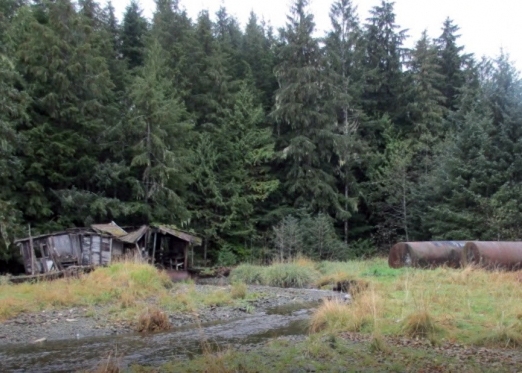
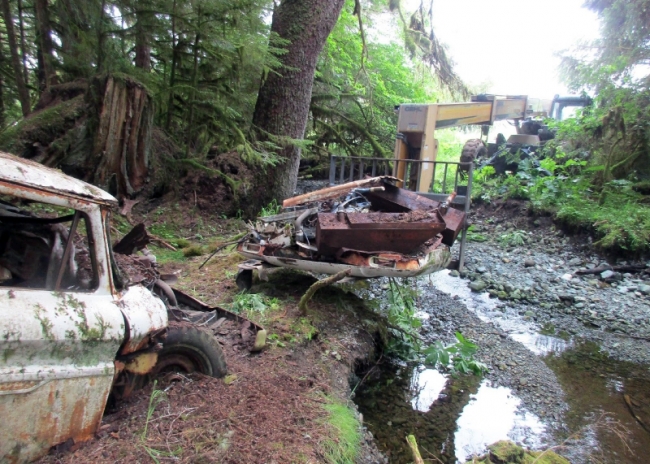
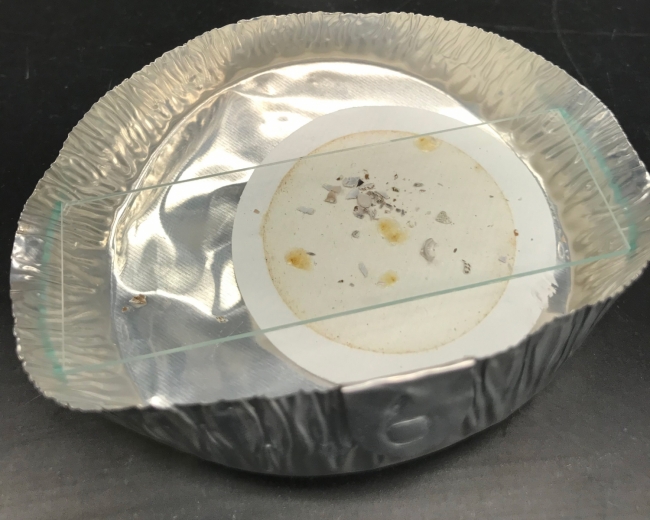
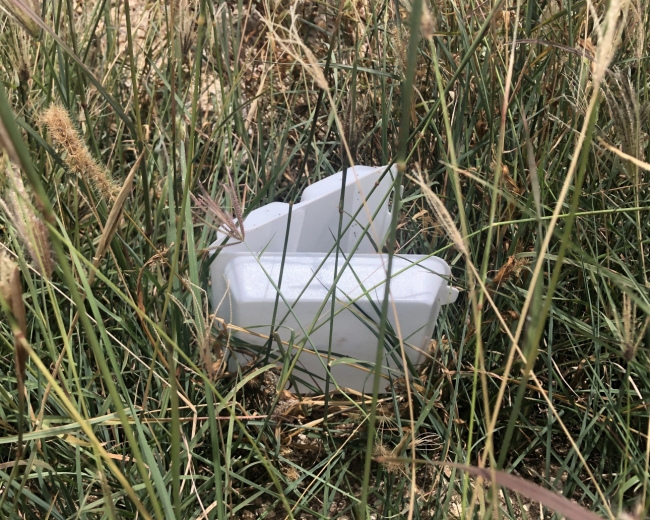
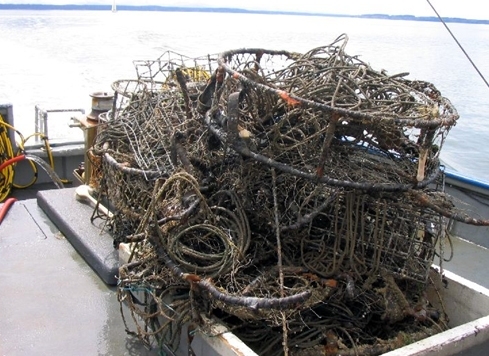
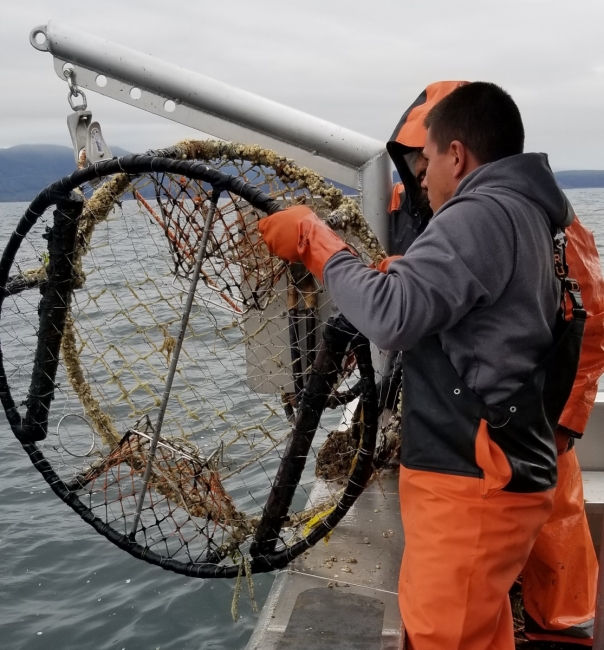

NOAA SHOULD LOBBY CONGRESS TO OVERRIDE A 2020 VETO THAT REQUIRED BETTER HANDLING BY FISHERMAN OF MARINE LIFE THAT GETS CAUGHT IN THEIR GEAR. IN ADDITION, THEY SHOULD LOBBY CONGRESS TO INVEST IN THESE SKIMMER VACUUMING BOATS THAT CAPTURE SURFACE MATERIAL VERY EASILY WHICH CAN THEN BE CHOPPED UP. MUST WORK FROM SHORELINE TO EXTENT OF THE CONTINENTAL SHELF, LARGE LAKES, & CITY HARBORS.